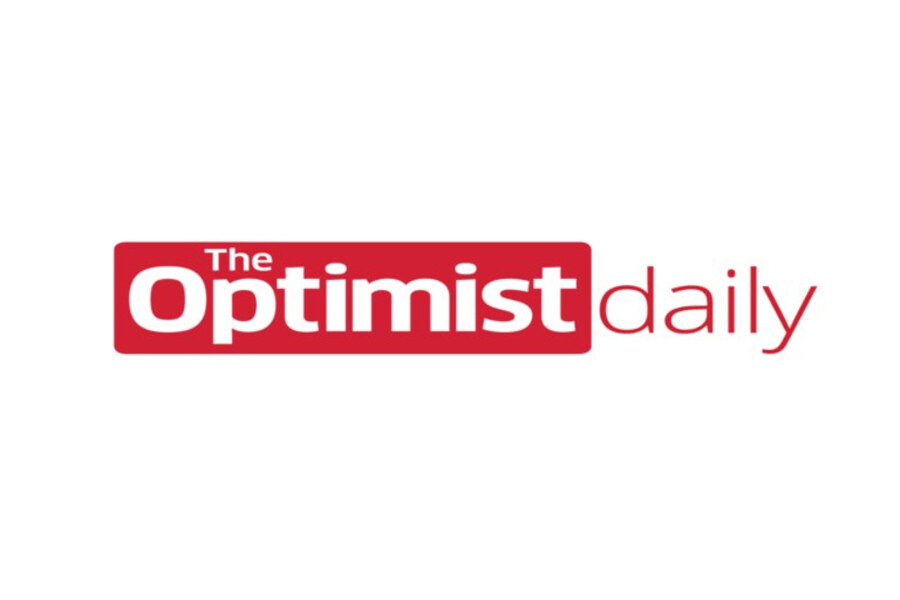From The Intelligent Optimist
Summer 2016
The Mars food company will begin telling its customers which of its foods are healthy enough to eat every day, and which should be eaten only occasionally.
Healthy eating sounds simple, but it can be tough—and time-consuming—for the health-conscious consumer. Consider the detailed information you must read on the label of each can, carton or box you choose from the grocery store shelf to determine if the product will be healthy to eat. (The smaller the package, the smaller the font—and the more difficult to read.)
As required by government regulations, packaged food in most developed countries offers a wealth of information—nutritional breakdowns of fat, cholesterol, sodium, potassium, protein and carbohydrates—including sugar—and whether the food contains common allergens or was prepared in a place where they are processed. Then there is the detailed list of ingredients (here is where a degree in food science might be useful).
Now along comes the Mars food company wanting to simplify the shopping experience for consumers. In April, the company announced that it will tell consumers which of its products are healthy enough to eat every day and which should be eaten only occasionally, based on a formula weighing the salt, sugar and fat content.
Certain foods, such as its lasagna kit and macaroni-and-cheese package, will be labeled as occasional meals; meanwhile, the company plans to reformulate its processed foods so that, over time, 95 percent of them will qualify for the “everyday” label. The information will start appearing by the end of summer, though only on Mars’ website; over the next five years it will be phased into the packaging as well, the Brussels-based company said. (The new initiative does not include the company’s candies, on the assumption that most people know these aren’t the basics of a healthy diet.)
Mars has moved up several rankings in the Access to Nutrition Index, a rating of food and beverage companies by a nonprofit foundation, based on how good a job they do in giving consumers clear nutrition information and the extent to which they promote healthy living. In 2013, Mars was rated number 13; the 2016 index placed it at number 5.
The top spot went to Unilever, the London-based maker of Knorr soups and Breyers ice cream, among other products, for ongoing work to make its foods more wholesome, including fortifying them, and for its support of clear labeling on the front of packages to give consumers a quick idea of the nutrition within the package.
The consumer-friendly labels used by these companies are supposed to help shoppers who are confused by the complicated government-mandated nutritional breakdowns. But big questions remain about how useful the labels have been.
A 2011 study by the University of Minnesota found that U.S. consumers were more likely to say they peruse the nutrition information labels than to actually do it. Even when people look, they don’t necessarily understand what they see. A 2012 global survey by Nielsen found that nearly six in ten consumers are at least somewhat baffled by the information on those labels. Of the 56 countries involved in the study, confusion was highest in Chinese-speaking nations and Southeast Asia, but France was also on the low side of comprehending the information.
In other words, information isn’t enough; many people appear to need it in a form that’s easy to find and digest. And while government agencies are still pondering the important issue of what food labels should and shouldn’t say on the front of the box or can, some food makers are moving ahead with their own plans to provide what they say will be a quick, easy way to pick out healthier foods. At the same time, such efforts also have met with criticism from consumer advocates who worry that the labels will erect a halo over foods that aren’t nutritional angels.
This is what happened in 2009. After a warning letter from the U.S. Food and Drug Administration in 2009, several large food corporations, including Unilever, withdrew from a similar scheme. The so-called Smart Choices icon was meant to be placed on foods that met certain health criteria. The problem, as a Los Angeles Times editorial complained at the time, was that the criteria were so weak that sugar-laden Lucky Charms children’s cereal and Ritz Bits Peanut Butter Chocolatey Blast crackers were considered healthy enough to make the cut.
Food, unlike cigarettes, can be difficult to label. Cigarettes kill and sicken people. Food science is complicated and is still evolving. A couple of decades ago, fat was considered a dietary demon; then nutritional science said fat could be healthy, with saturated fat being the real problem. But a study published in April raised questions about even that assumption. Intake of dietary cholesterol was, until recently, considered something to limit; the most recent U.S. dietary guidelines say it is no longer of concern, because dietary cholesterol is not to blame for high blood cholesterol levels.
Packaged foods might be healthier when they’re lower in salt and sugar, but they still tend to be highly processed and generally aren’t a top source of the fruits and vegetables that the new U.S. dietary guidelines are urging people to eat. But then, a head of lettuce or a carrot doesn’t need a label on it for consumers to know it’s healthy. | Karin Klein











